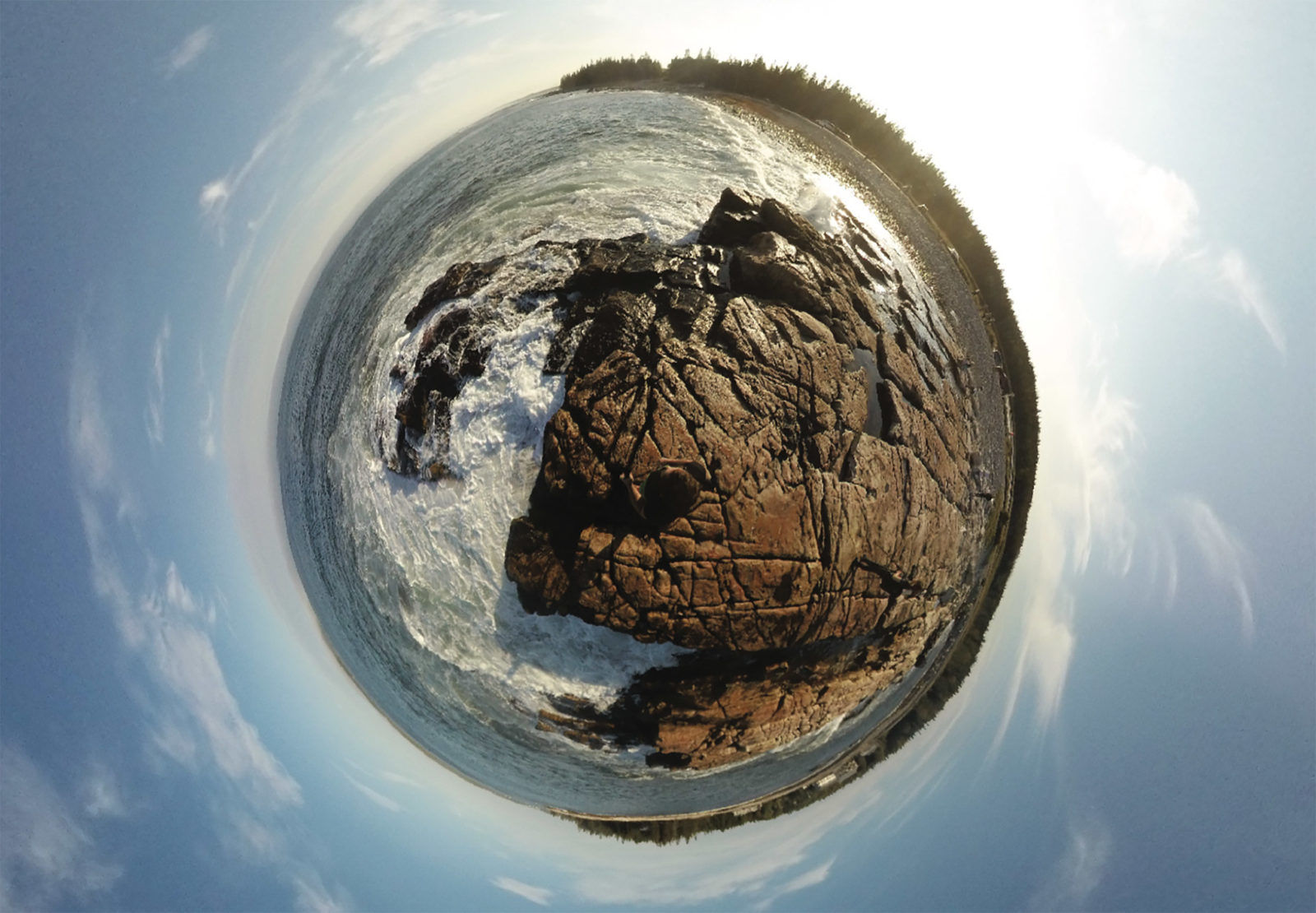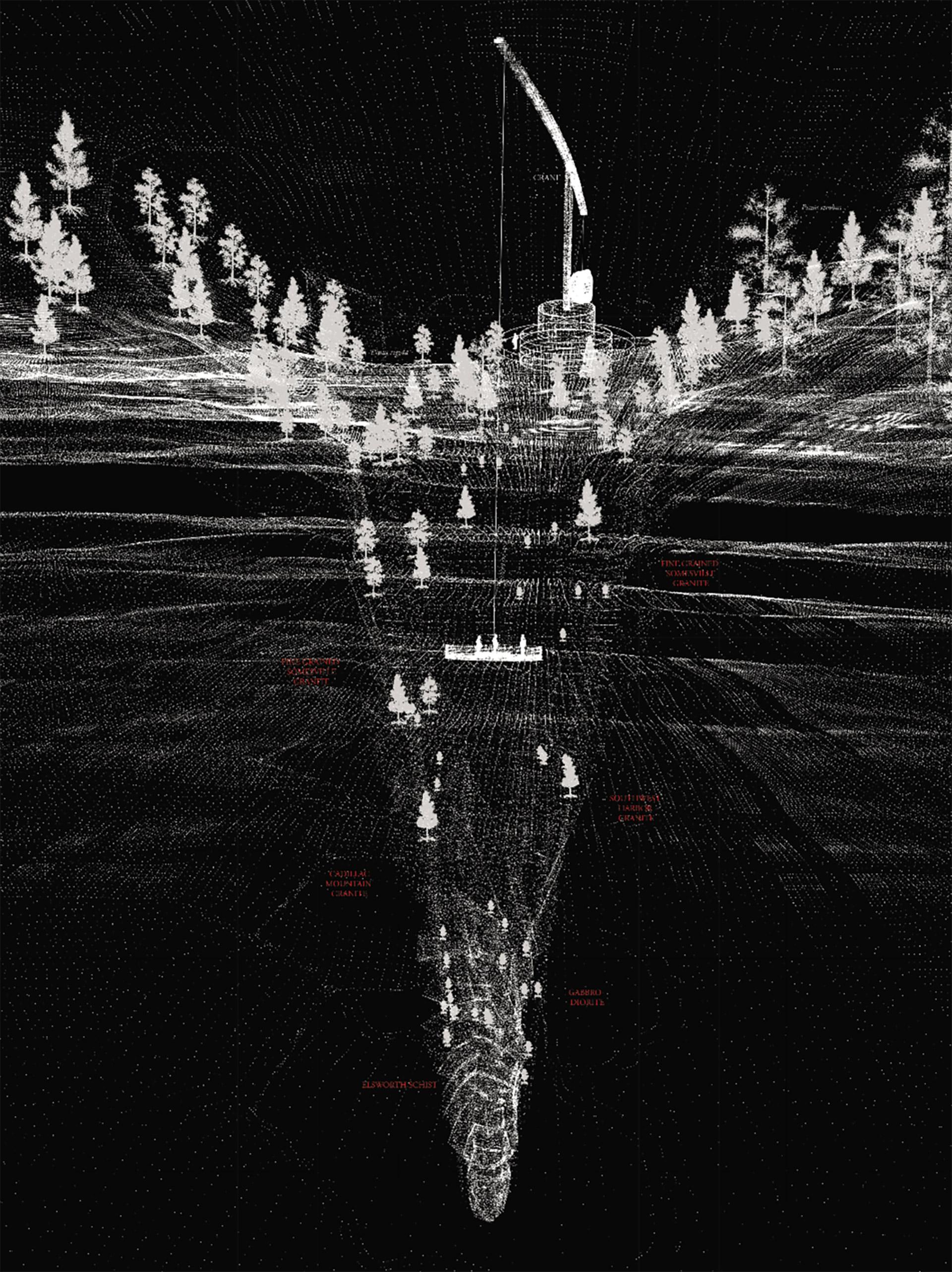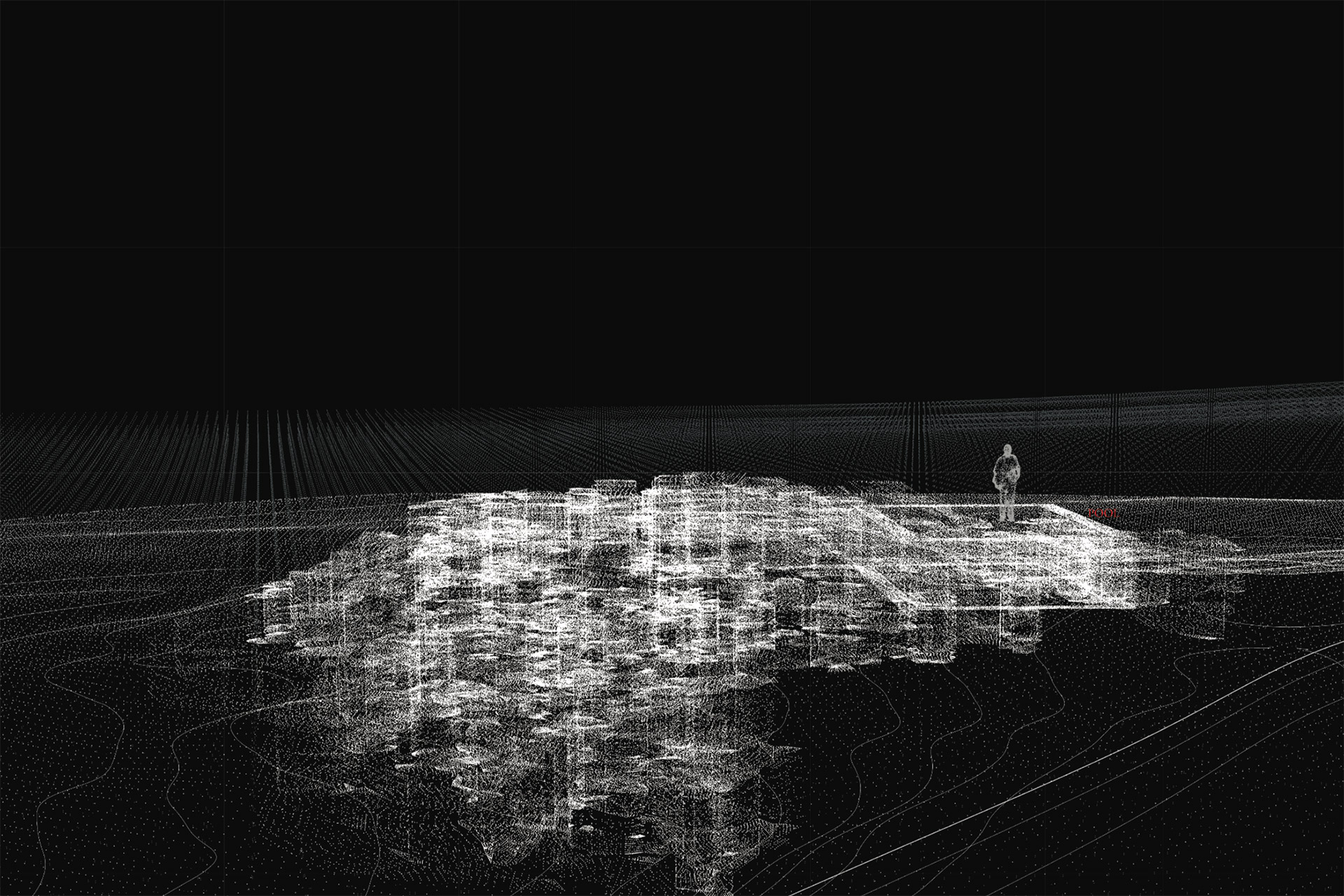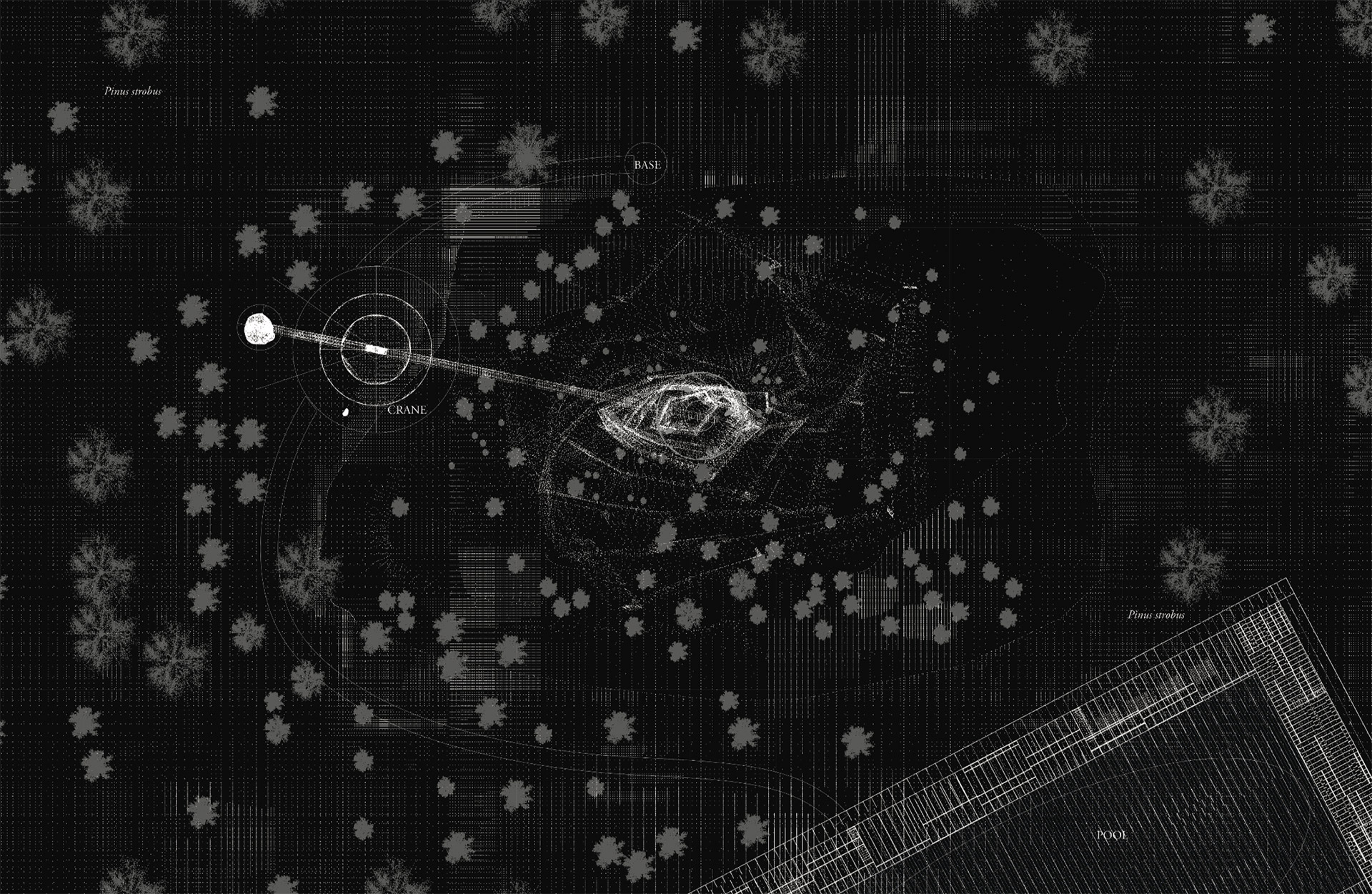An Island as a Planet
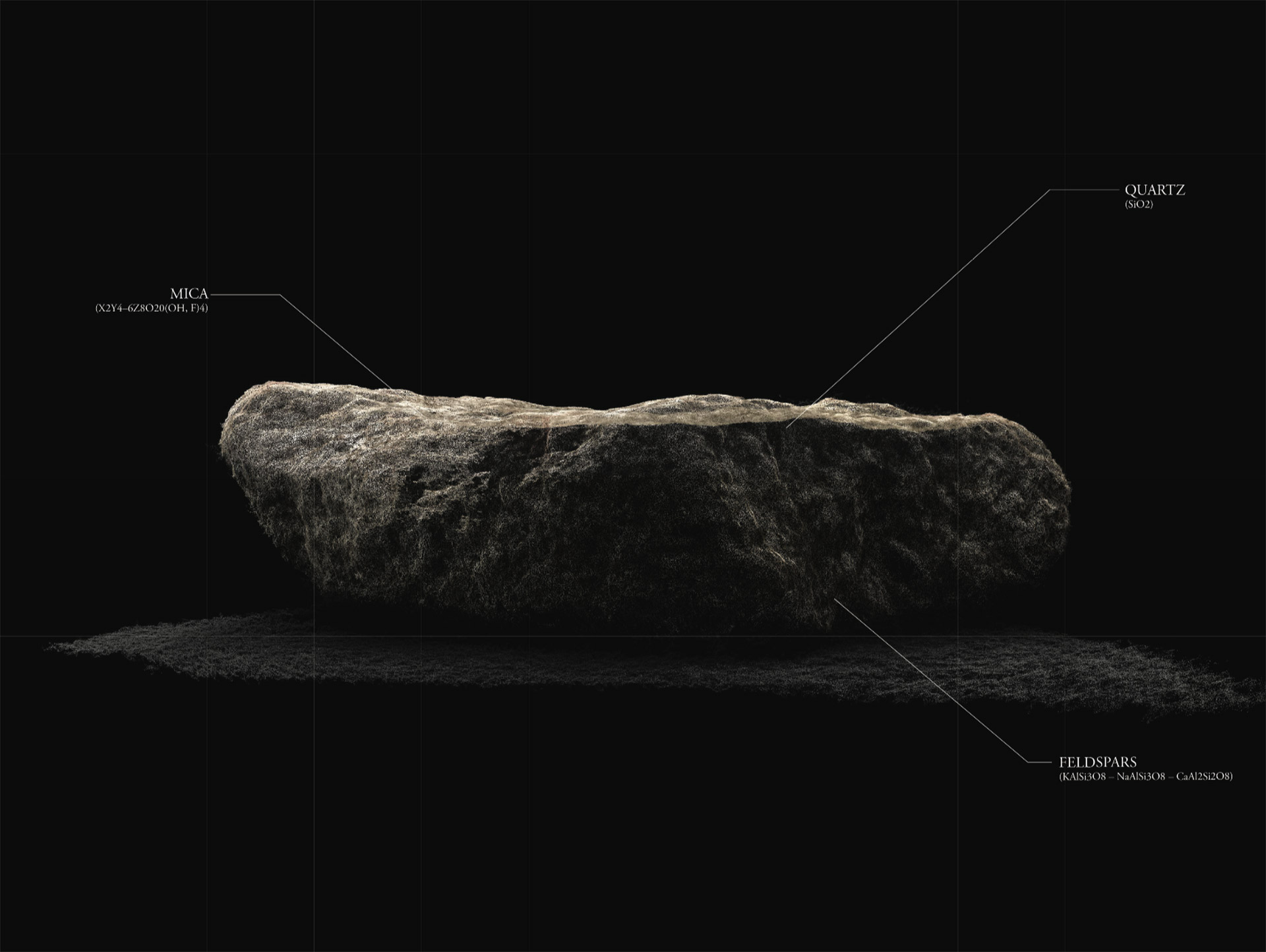
by Daniel Berdichevsky (MLA ’18)
“The world is an island”
-Buckminster Fuller
Becomes
“The Island is a Planet”
Vision
This investigation looks at Mount Desert Island as a Planet, constantly reshaping, an endless surface, a place of discovery.
A Geological body that is alive, more than 2.5 billion years old and historically filled with Tectonic shifts, mountain range formations, magmatic intrusions, glaciations, floods and droughts.
This Anatomical inquiry is looking not only at Geological change of this body but also and more importantly, at the changing nature of our understanding of that very change. As seen by Hutton, Playfair, Lyell and Thoreau, the creation and destruction of landscapes and its geological understanding did not came merely from an enclosed laboratory setting but from fieldwork, from looking at the site and from making connections from many fields of knowledge, history, poetry chemistry, economics and so on. Understanding the fact that our own collective knowledge shifts like tectonic plates is also important, such as in the late 18th century Neptunism and Plutonism debate on mineral formation in where, while the first group advocated for its formation by chemical water precipitation for all minerals, the latter proposed magmatic intrusions as it’s source. Eventually this evolved to become our current understanding of geology but does puts in question how our understanding of this continues to change.
Trip & Panorama
Back to Mount Desert Island and fieldwork, a similar notion of looking at the site, it’s geology and many connections was made by the late 19th century surveyors of the USGS as we can see in this maps and analytical drawings by the USGS and then by the Champlain boys in which a set of journals looking at specific conditions of the island took part on the construction of MDI’s knowledge and eventually of acadia as a national park.
As a studio we embarked on a trip to the island, following these steps and looking at the site. Here I focused on collecting geological artifacts, soil samples, stones, images and to look at parts within the geological body that signify the forces which erode and remake its composition.
Interventions
A set of 3 geological observatories, each looking at a different agent of erosion were designed on the site. The first one looking at the Geology by the shore, where a rectangular pool is inserted on a granite head formation shaped by wave action. This makes the visitors feel the force that shaped this by bathing.
The second one looking at the Geology by the Ice where a observation platform shaped as a disk is built on the a granite hillside which has been shaped by the receding of the last glacier thousands of years ago and cracked the ground, This makes the visitors look and walk on the cracks to reach the viewing platform.
The third one looking the Geology by the Man where an abandoned Granite Quarry is drained further excavated to reveal the layers of the ground and then utilizing a crane (like the ones that existed on the site) to bring down visitors to look and experience the deep quarry.
This is a set of collections and dissections of this geological body.
